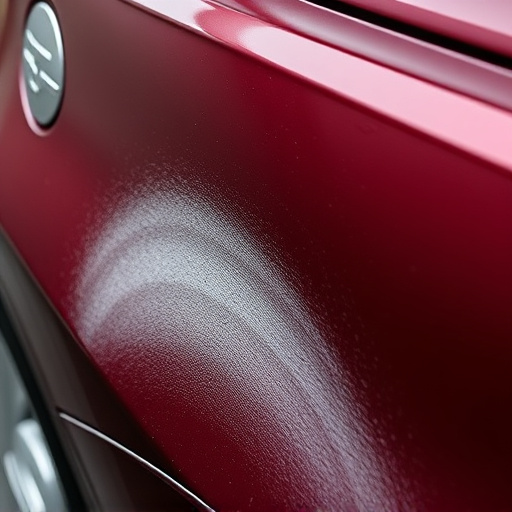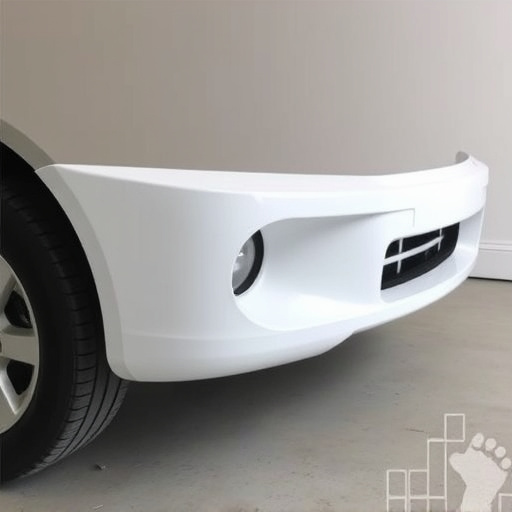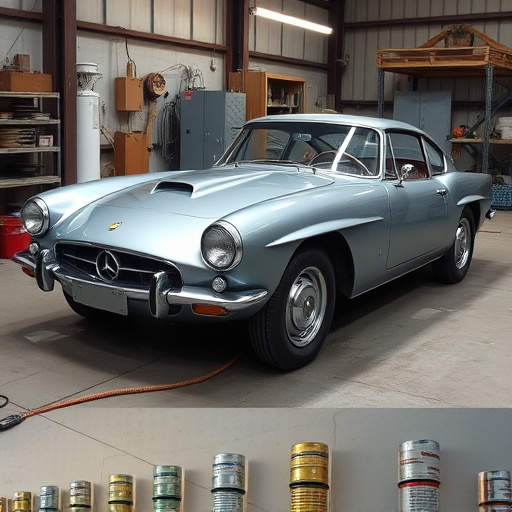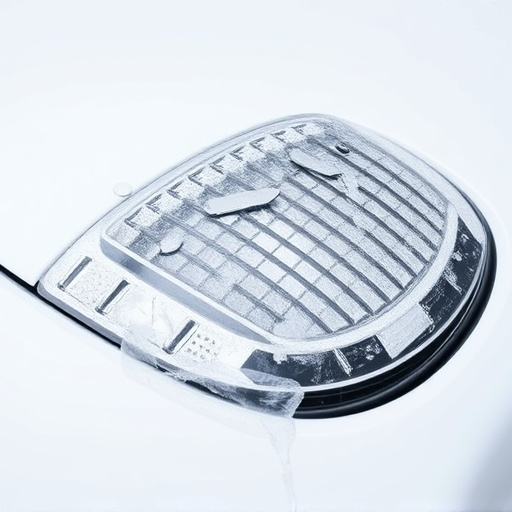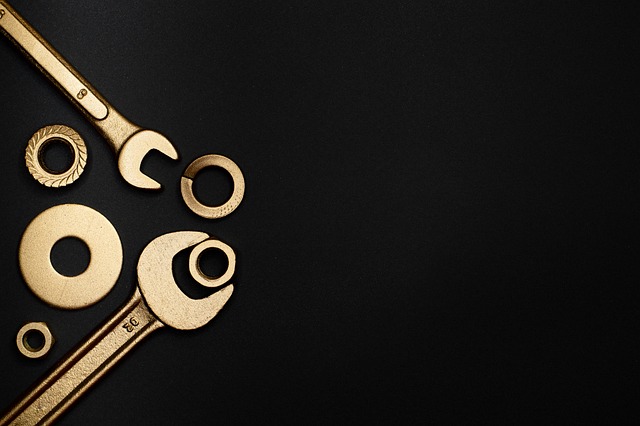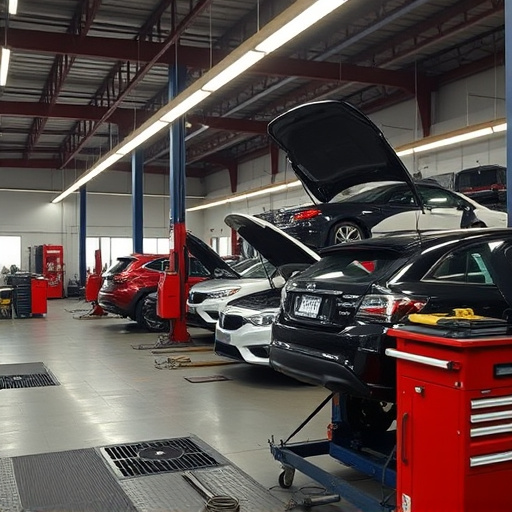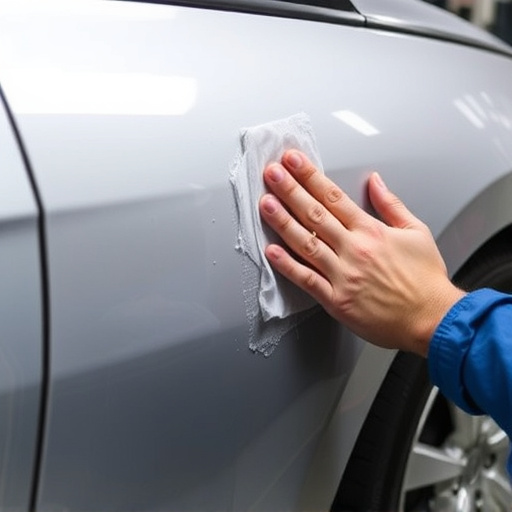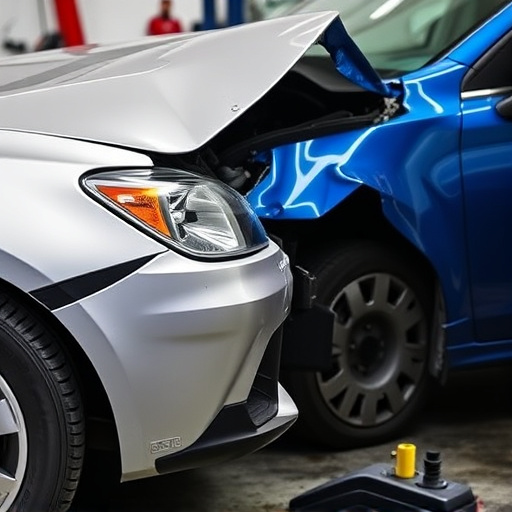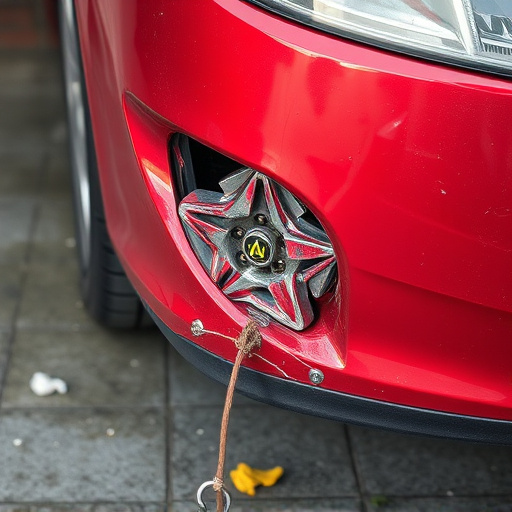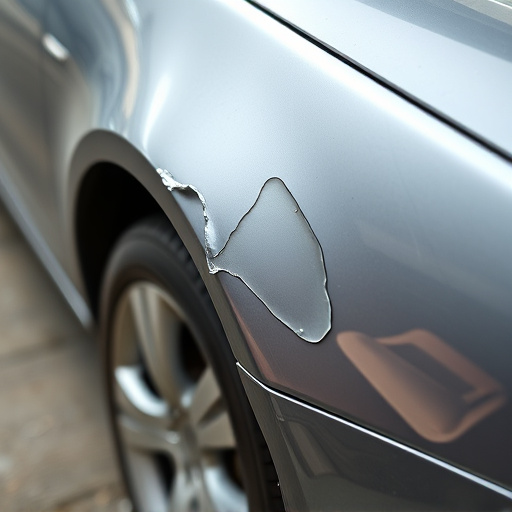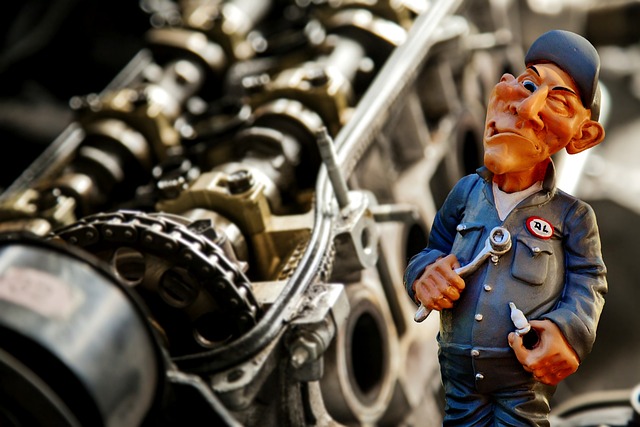Collision repair estimates detail costs for vehicle damage fixes, including auto body repairs, labor, parts, and warranties. Understanding industry terms like "panel replacement" or "frame straightening" helps navigate estimates and ensure transparency in restoration processes, aligning with industry standards to avoid uncertain pricing. Cross-reference your vehicle's details and scrutinize line items for fairness and precision.
“Mastering the art of reading collision repair estimates is a crucial step in ensuring fair and accurate vehicle restoration. This comprehensive guide breaks down the intricate process, empowering car owners to navigate the complexities. We’ll explore the key components of these estimates, demystify industry jargon, and provide essential steps for verification. By understanding these aspects, you can make informed decisions, ensuring your collision repair journey is smooth and cost-effective. Get ready to decipher, verify, and take control!”
- Understanding Collision Repair Estimates: Key Components
- Deciphering Complex Language: Common Terms Explained
- Verifying Accuracy: Steps to Ensure Fair Estimation
Understanding Collision Repair Estimates: Key Components

Collision repair estimates are a crucial document that outlines the cost of repairing a damaged vehicle. Understanding its key components is essential for any car owner. When you receive an estimate, the first step is to decipher the various sections and terms used. These typically include a detailed list of auto body repairs required, such as dent removal, panel replacement, or paint jobs, each with its corresponding price.
The estimate should also clearly state labor costs, which can vary widely depending on whether it’s a specialized classic car restoration or general auto body repairs. It’s important to verify the accuracy and reasonableness of these charges. Additionally, look for information about parts costs and warranties, ensuring you understand what materials will be used and their quality. This is especially critical for ensuring the longevity and aesthetics of your vehicle, whether it’s a classic car restoration or routine bodywork.
Deciphering Complex Language: Common Terms Explained
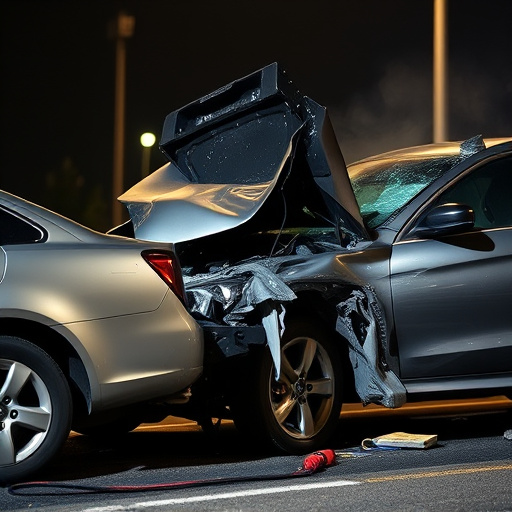
Many collision repair estimates come with a dense fog of technical jargon and complex language that can be intimidating for customers. To demystify this process, it’s essential to understand some common terms used in collision repair estimates. When you encounter phrases like “panel replacement” or “frame straightening,” knowing their meanings allows you to make informed decisions about your vehicle’s restoration.
For instance, “panel replacement” refers to fixing or replacing specific sections of a damaged car body, such as door panels or fenders. “Automotive body work,” in its entirety, encompasses all the labor and materials needed to restore a vehicle’s exterior to its pre-accident condition, including both minor fixes like car scratch repair and major structural repairs like frame straightening. By familiarizing yourself with these terms, you’ll be better equipped to compare estimates, ensure transparency from repair shops, and get the most accurate picture of your car’s needed work.
Verifying Accuracy: Steps to Ensure Fair Estimation
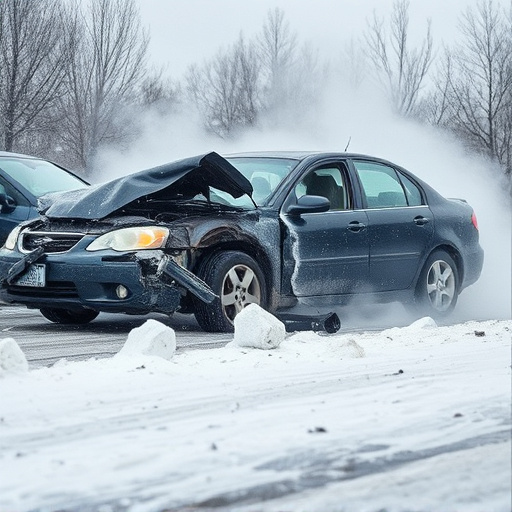
When reviewing a collision repair estimate, accuracy is paramount to ensure you’re not being overcharged. Start by cross-referencing the provided estimate with your vehicle’s make, model, and year. Check if the parts listed align with industry standards and if labor rates seem reasonable based on market averages.
Next, carefully examine each line item within the estimate. Pay special attention to detailed descriptions of proposed repairs, including any auto glass repair or car dent removal processes. Make sure these are accurate and necessary. Don’t hesitate to ask the repair shop for clarifications if anything seems uncertain or excessively priced. Double-checking these details is a crucial step in ensuring you receive a fair and precise collision repair estimate.
Reading and understanding collision repair estimates is a vital step in ensuring you receive fair and accurate compensation for your vehicle’s damages. By familiarizing yourself with the key components, decoding complex language, and verifying accuracy, you can confidently navigate the claims process and make informed decisions about your car’s repair. Remember, a thorough understanding of these estimates empowers you to protect your interests and secure the best possible outcome for your collision repair journey.

